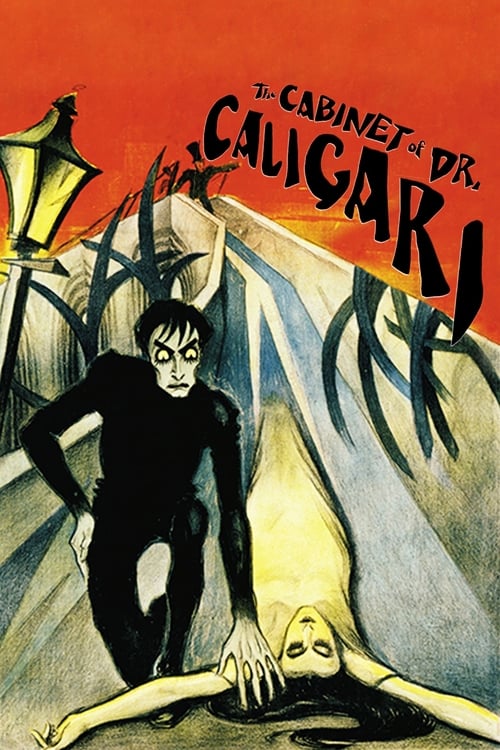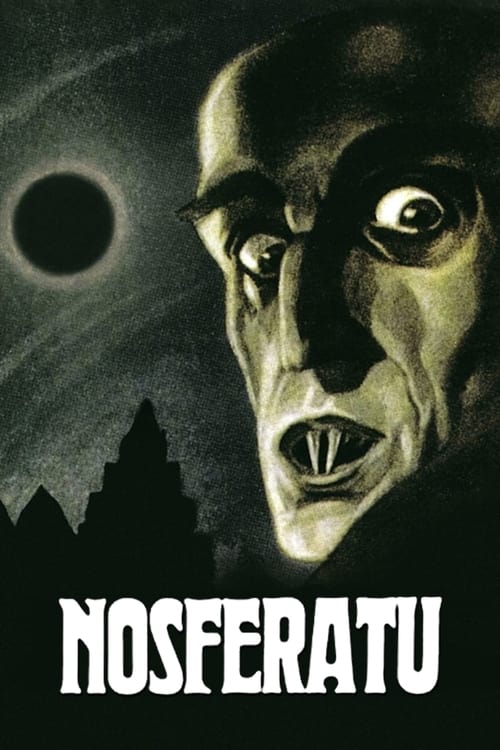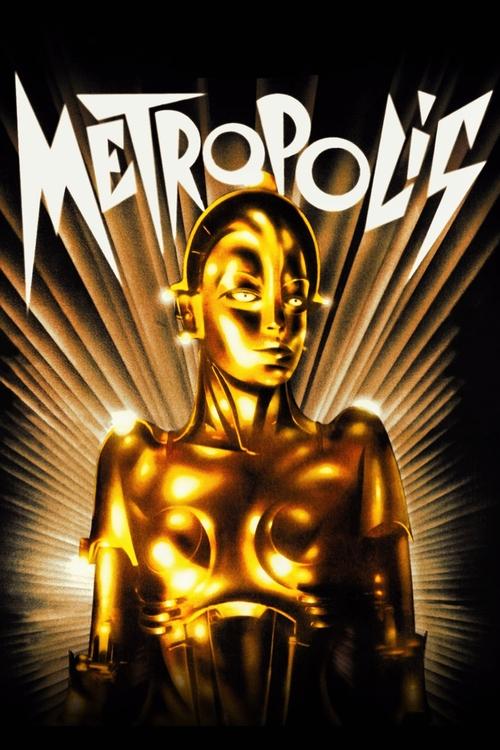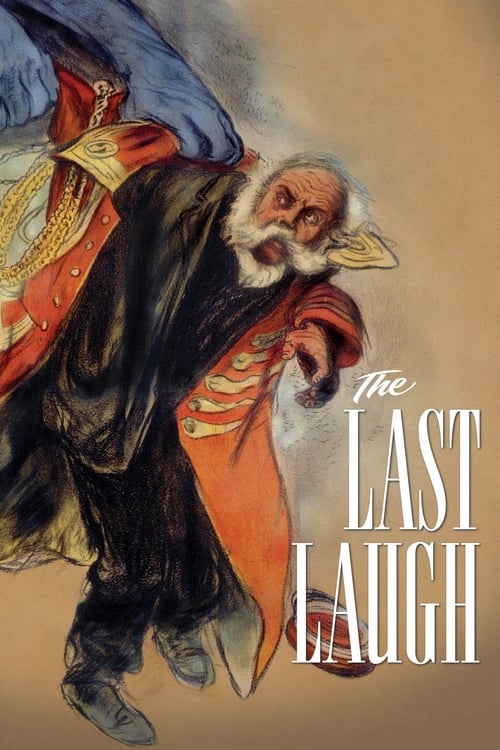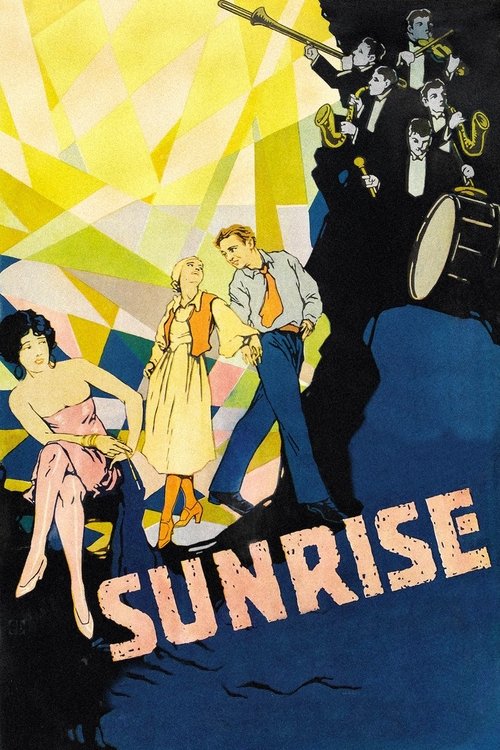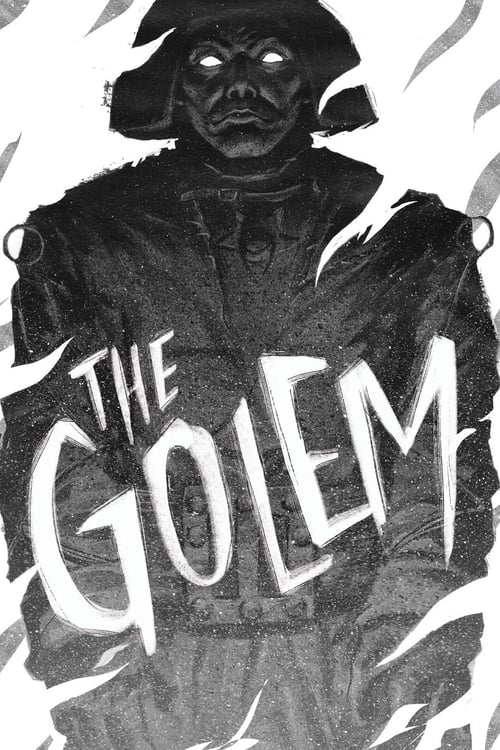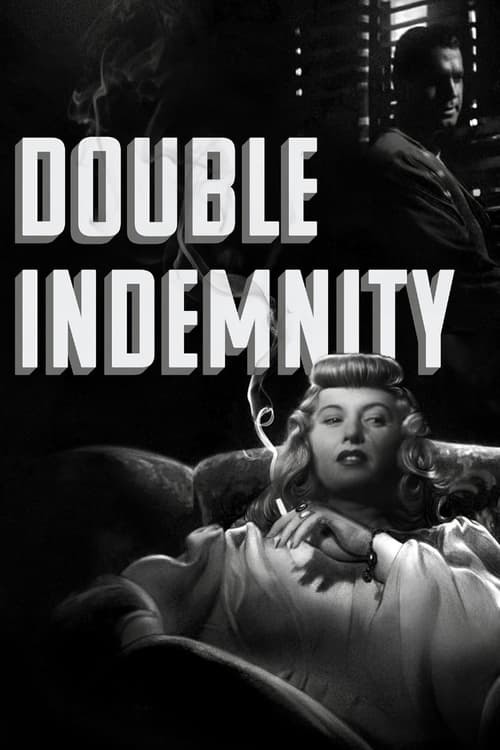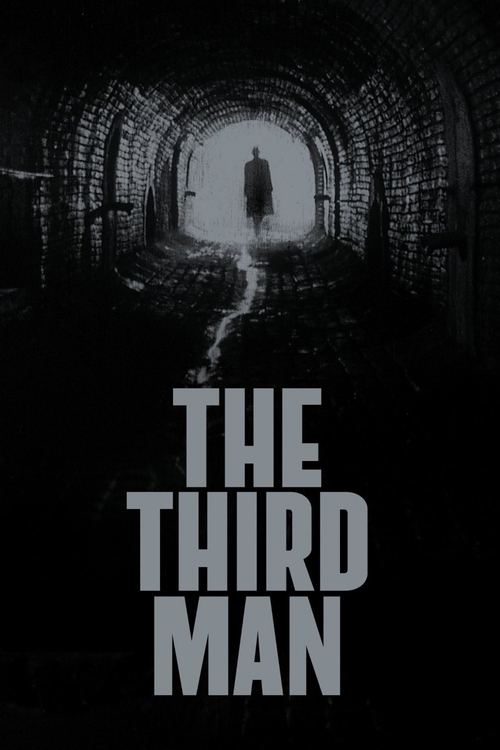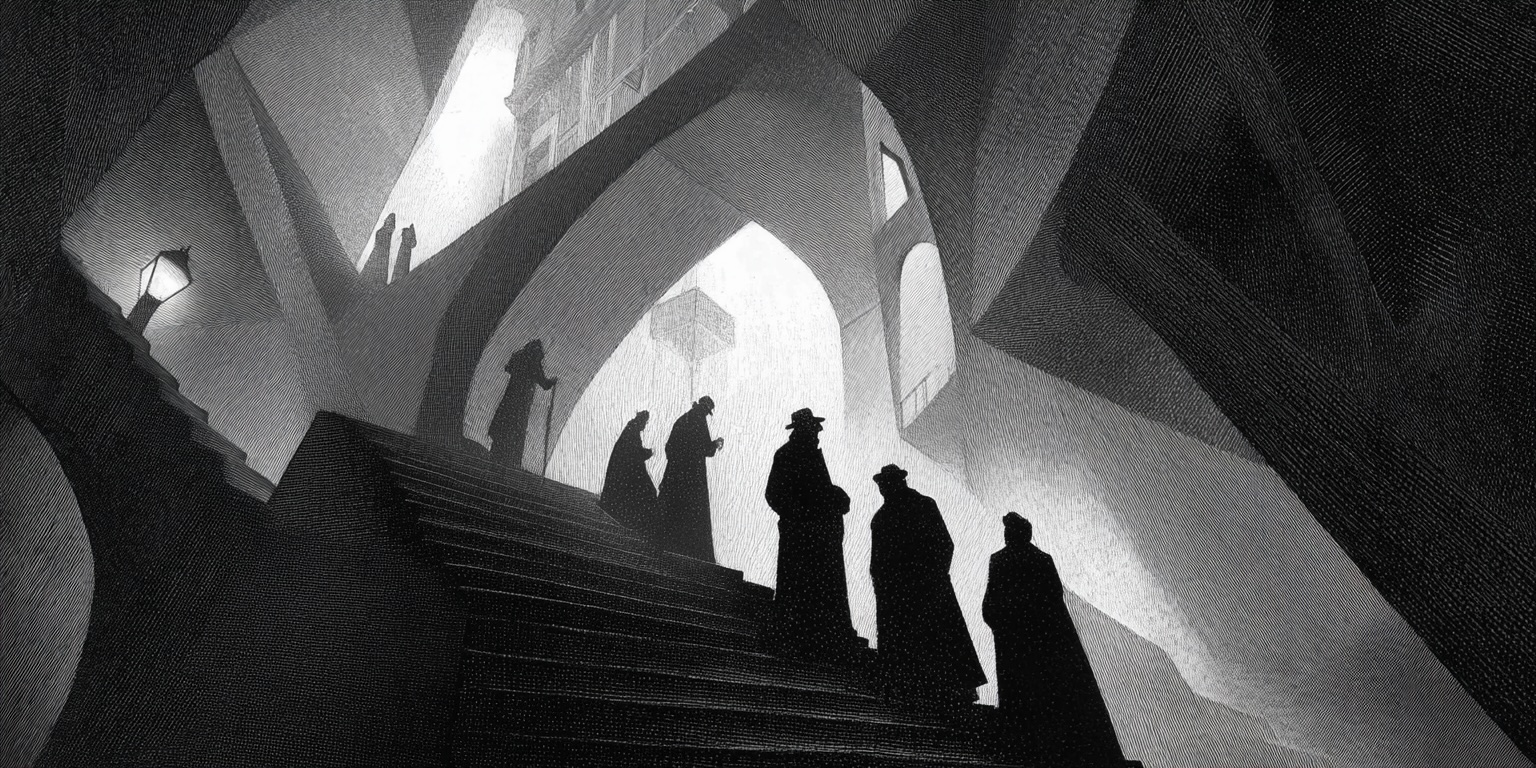
German Expressionism of the 1920s laid the visual and thematic groundwork for film noir, establishing a cinematic language of shadows, moral ambiguity, and psychological turmoil that would define American crime films for decades to come.
The roots of German Expressionism emerged from the devastation of World War I, as filmmakers sought to capture the nation's collective trauma through distorted sets, extreme angles, and chiaroscuro lighting. Robert Wiene's "The Cabinet of Dr. Caligari" (1920) marked the movement's definitive arrival, with its painted shadows, geometric set designs, and exploration of authority and madness. Cinematographer Willy Hameister created a revolutionary visual style using sharp angles and high-contrast lighting that would later influence noir cinematographers like John Alton and Nicholas Musuraca. The film's unreliable narrator and themes of psychological manipulation established narrative patterns that would become noir staples.
Fritz Lang's contributions to expressionism proved particularly influential on noir's development. "Metropolis" (1927) established the use of miniatures, forced perspective, and dramatic lighting that would become essential to noir's urban landscapes. But it was "M" (1931) that most directly prefigured noir's moral complexity and criminal psychology. The film's hunting of a child murderer through Berlin's underworld featured revolutionary use of sound, shadows, and parallel editing. Lang's later American noir works like "Scarlet Street" (1945) would directly translate expressionist techniques to Hollywood crime films. His innovative camera movements and architectural framing influenced countless noir directors.
The expressionist mastery of shadow and light transformed cinema's visual language. Karl Freund's cinematography on "The Last Laugh" (1924) demonstrated how moving cameras and distorted perspectives could convey psychological states. The "entfesselte Kamera" (unchained camera) technique liberated cinematography from static shots, allowing for the dynamic tracking shots that would become noir signatures. These innovations reached their apex in "The Last Man" (1924), where Emil Jannings' descent from hotel doorman to bathroom attendant is told almost entirely through shadows and camera movement, establishing the visual grammar for noir's tales of downfall and degradation.
German Expressionism's exploration of psychological trauma and moral ambiguity provided the thematic foundation for noir. Paul Leni's "Waxworks" (1924) presented interconnected stories of obsession and murder that would influence noir's narrative structure. The movement's emphasis on subjective experience and unreliable perception emerged from post-war disillusionment, creating characters trapped between reality and nightmare. This psychological complexity reached its height in G.W. Pabst's "Pandora's Box" (1929), where Louise Brooks' Lulu embodied the femme fatale archetype that would become central to noir's exploration of desire and destruction.
The technical innovations of German Expressionism revolutionized filmmaking. Eugen Schüfftan's process, developed for "Metropolis," used mirrors to combine miniature sets with live actors, establishing special effects techniques still relevant today. The extreme angles and distorted perspectives pioneered by cinematographers like Karl Freund and Fritz Arno Wagner created a visual vocabulary for representing psychological states and power dynamics. These techniques reached their apex in "Berlin: Symphony of a Great City" (1927), where Walter Ruttmann combined expressionist techniques with documentary footage to create a new form of urban cinema.
The exodus of German filmmakers to Hollywood during the rise of Nazism directly transported expressionist techniques to American noir. Directors like Billy Wilder, Robert Siodmak, and Otto Preminger brought their expressionist training to films like "Double Indemnity" (1944) and "Laura" (1944). Cinematographer John Alton's work on "T-Men" (1947) and "He Walked by Night" (1948) directly translated expressionist lighting techniques to noir's urban landscapes. This influence extended beyond noir to horror and science fiction, with films like "Citizen Kane" (1941) and "The Third Man" (1949) demonstrating expressionism's lasting impact on cinema.
More Ideas
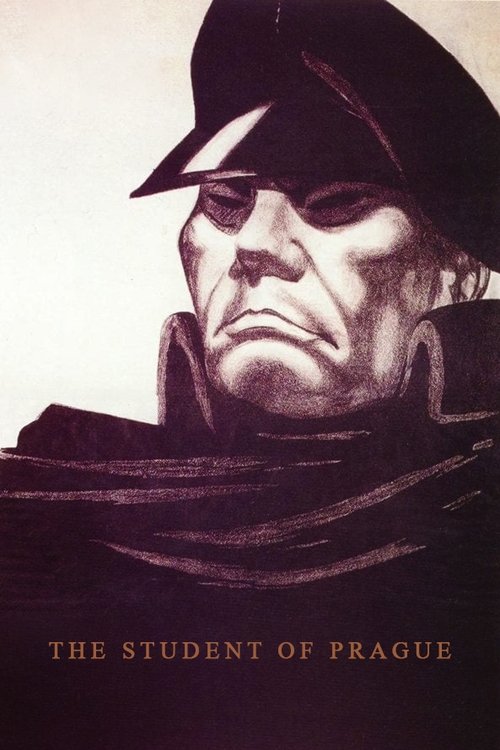
The Student of Prague
(1913)
Early expressionist tale of a man who sells his reflection
Streaming on YouTube
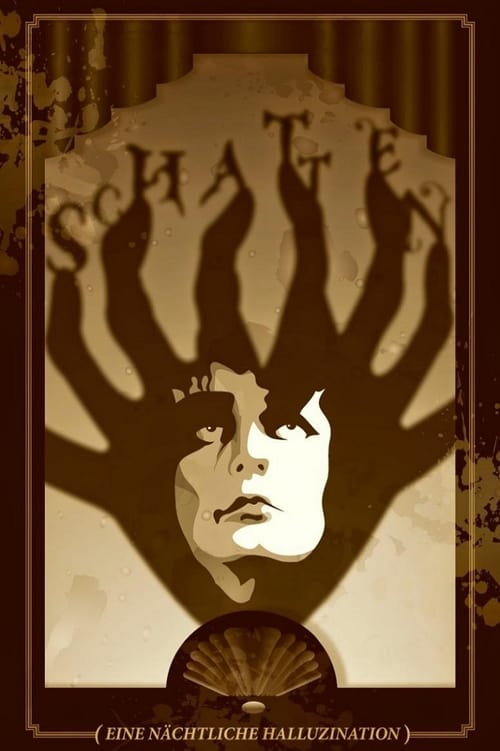
Warning Shadows
(1923)
Innovative shadowplay and psychological horror
Streaming on Criterion Channel
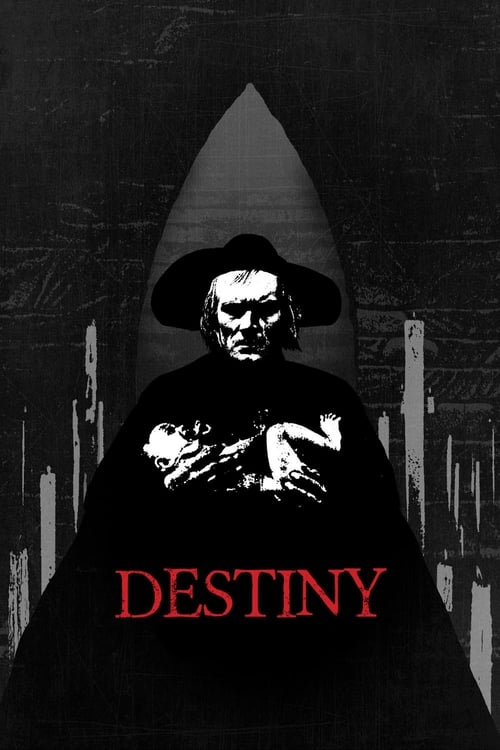
Destiny
(1921)
Fritz Lang's breakthrough featuring revolutionary special effects
Streaming on Criterion Channel
